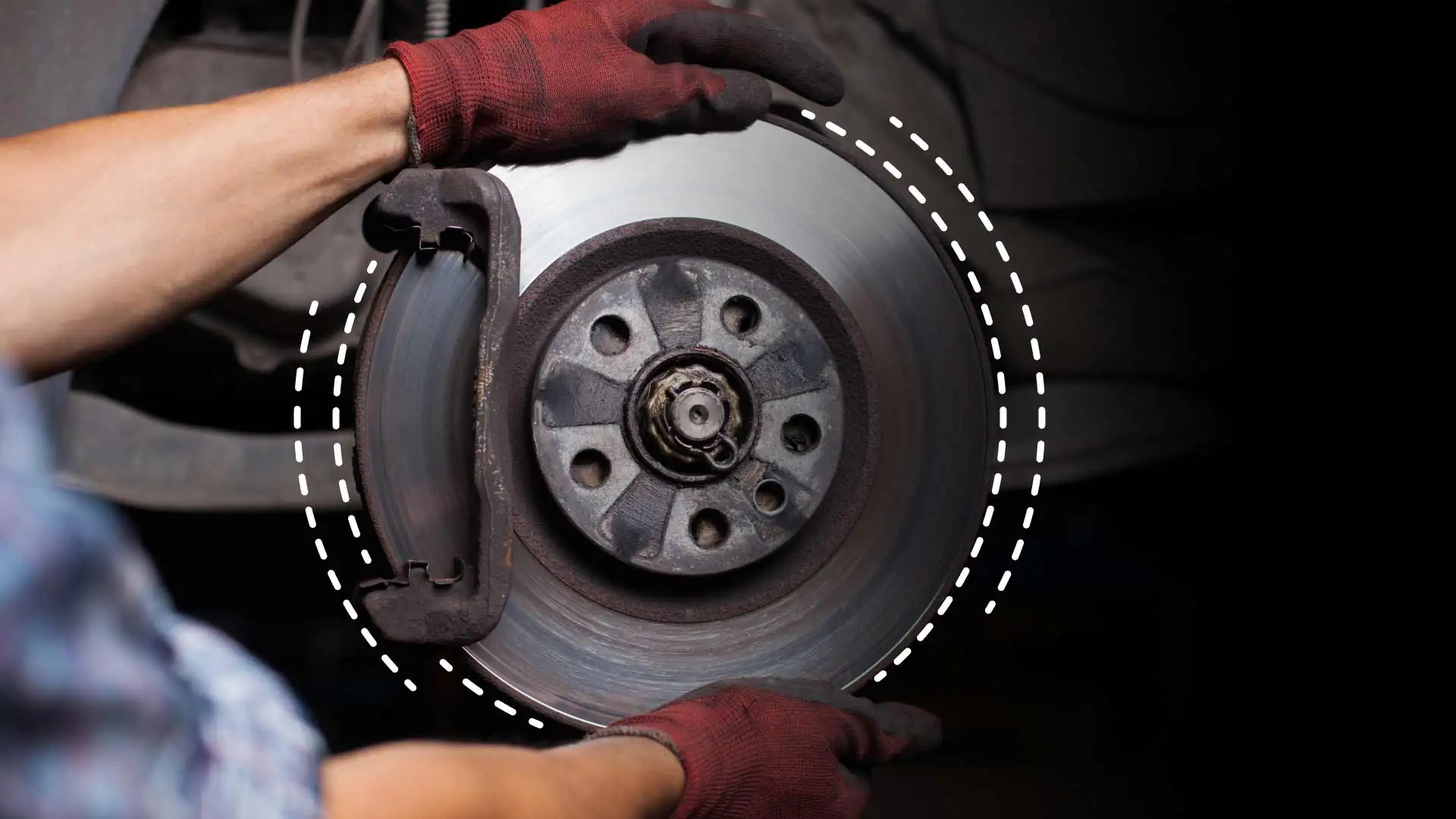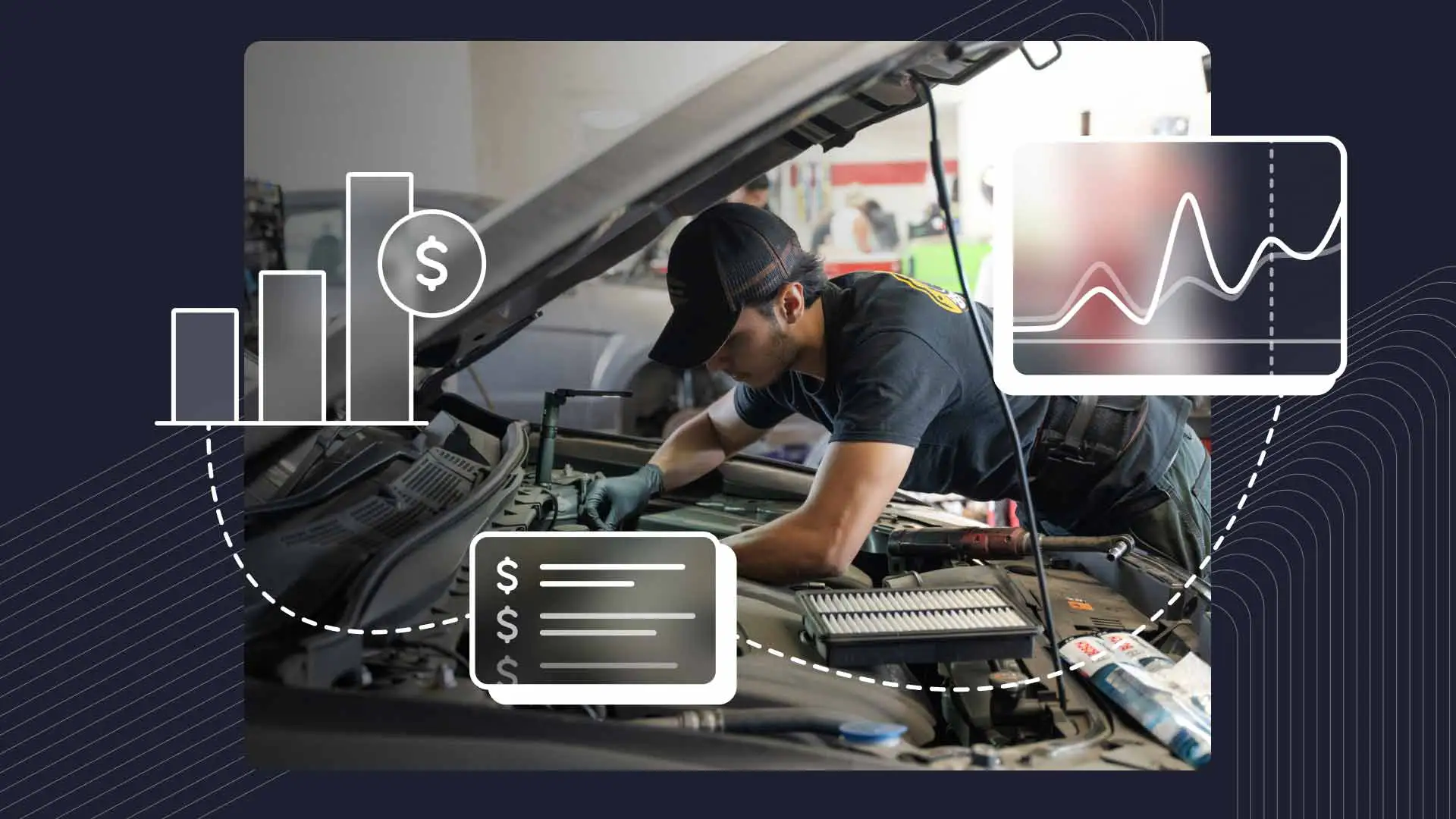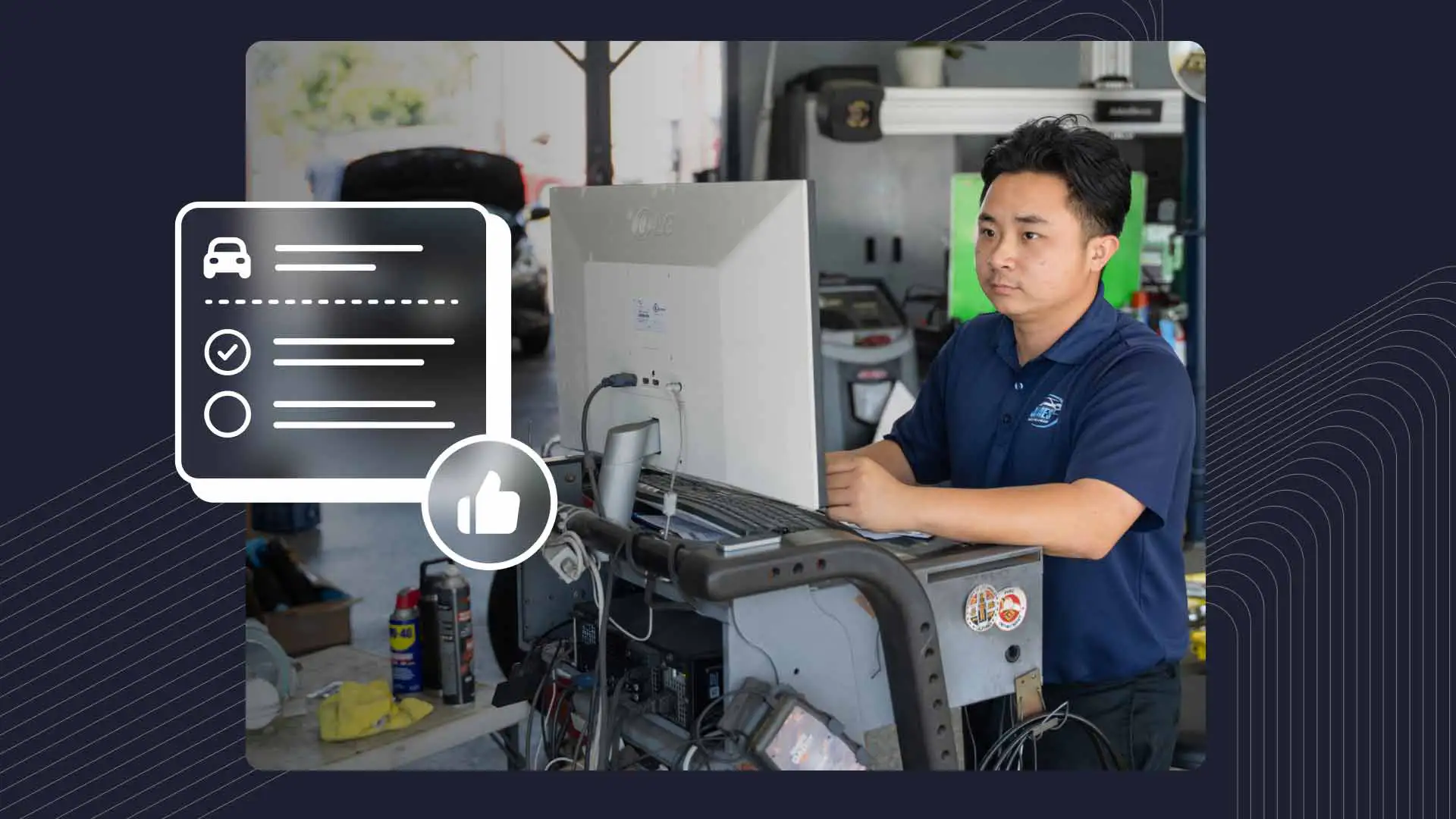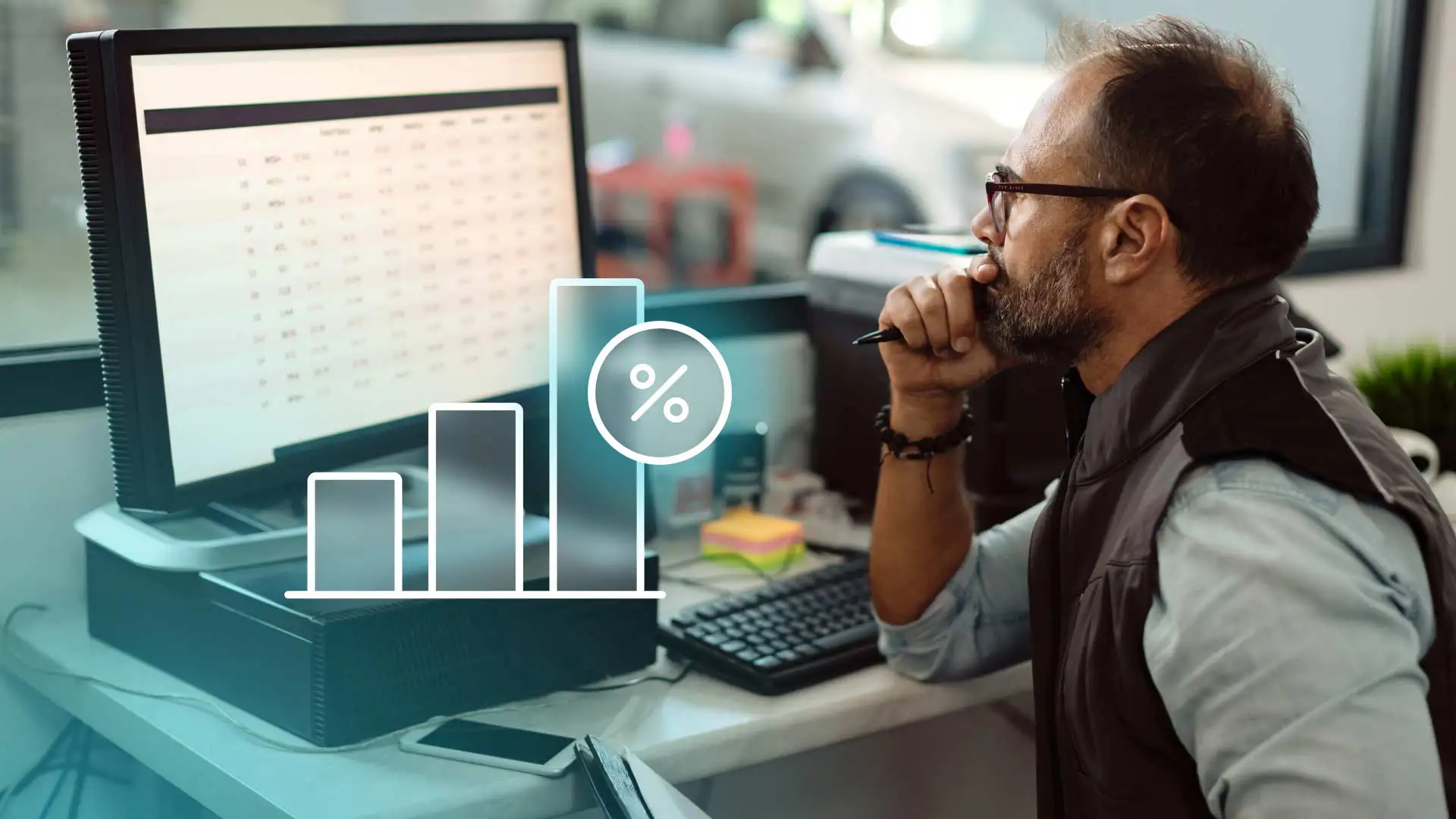It’s a familiar scenario for many mechanics: A customer enters the shop complaining of a horrible screeching noise whenever they hit the brakes. They've recently had their brake pads or shoes replaced, yet the problem continues; it may even be getting worse. What they often don’t realize is that this common affliction can be treated, or prevented altogether, through a simple process known as brake burnishing, or bedding-in.
Use whichever term you prefer–the bottom line is that both apply to the straightforward yet pivotal step of breaking in new brake components to help them perform better. But before we jump into why exactly burnishing is so important, let's go over the components we're dealing with.
Brake Pads vs. Brake Shoes
First, we should distinguish between brake pads and brake shoes. Brake pads are used in disc brake systems, which are commonly found on the front wheels of most modern vehicles, and increasingly on the rear wheels. When the driver depresses the brake pedal, it sends brake fluid to the calipers, which activate the brake pads. The pads then put pressure on the rotor, which is attached to the wheel, causing the vehicle to slow or stop.
Brake shoes, on the other hand, are found in drum brake systems, which are often on the rear wheels. They’re typically a curved piece of metal that contains a rough friction material on the outside. But unlike the brake pads, which press inward when activated, brake shoes push outward, applying pressure to the drum, which in turn slows the wheel’s rotation.
Friction: Material and Force Differences
Both pads and shoes have different applications and are made from different materials ranging from organic compounds to metallic, semi-metallic, and ceramic mixtures, each with unique properties.
Also helpful in understanding brake materials is what’s known as the friction coefficient. This measures the initial bite—the brake's responsiveness when it’s first applied—as compared to its sustained performance, or how the brake continues to perform under stress.
Different pad and shoe materials offer varying levels of initial bite and sustained performance. For example, metallic or semi-metallic pads generally have superior “grab” vs. ceramic pads and typically perform better in high-stress conditions or extreme weather; ceramics, by contrast, are usually quieter, longer-lasting, and easier on the rotors.
The Science of Stopping
Diving a little deeper, let’s consider the basic physics involved and how different factors, like static and dynamic friction, affect how vehicles stop.
Static Friction vs. Dynamic Friction
In braking, we generally deal with two types of friction: static and dynamic. Static friction is the initial resistance to movement when the brake is first applied. Dynamic friction, then, is the ongoing resistance that helps slow the vehicle while it’s moving.
The "Glazing" Phenomenon
When brakes aren’t properly broken in, you may experience a phenomenon called “glazing.” Now, before you start mapping a route to the nearest Krispy Kreme, we should note that glazing is what happens when temperatures exceed the limits of the brake pads. The result is a glassy or “glazed” pad surface that reduces dynamic friction and hinders your braking performance. So no, it’s not a good thing.
Brake burnishing is an important procedure that ensures new brake parts are properly conditioned for use.
Why Burnishing Matters
Burnishing brakes is critical to making sure all components operate safely and effectively while extending the lifespan of these parts. To start, burnishing creates a matched surface finish between the pad or shoe and the contacting surface, i.e., the rotor or drum. This ensures even wear and maximizes grip, both of which are vital for effective braking.
Preventing Noise and Vibration Issues
Proper burnishing also helps prevent those obnoxious brake squeals and judders, i.e., the vibrations that come up through the steering wheel after applying the brakes. These issues are often the result of improper pad-to-rotor or shoe-to-drum mating, and they can be avoided by ensuring the surfaces are correctly aligned and smoothed out.
Long-term Performance and Safety
Most importantly, proper burnishing ensures longer-lasting brake components and contributes to better overall stopping power. Whether drivers engage their brakes for a sudden stop or while swerving to avoid a road hazard, having properly conditioned pads and shoes is a must.
Burnishing Procedures: One Size Does Not Fit All
As you might expect, brake parts manufacturers often have specific break-in procedures for their products. All brake systems are designed differently, and everything from their materials to the vehicle’s intended use (i.e., off-road or highway) to the type of vehicle the brakes are made for can influence how they should be burnished.
General Do’s and Don’ts
While specific instructions vary, there are some basic guidelines for safe and effective burnishing. In general, the proper procedures involve making frequent stops, gradually speeding up and slowing down, and putting moderate to firm pressure on the brake pedal when doing so, as well as allowing brief cool-down periods between braking. As for what not to do, in addition to avoiding overly hard braking, you should also steer clear of high-speed stops or braking under heavy loads, as these can result in glazing and/or damage to linings.
Stick to Manufacturer Specs
Following the manufacturer's specific instructions will help you achieve the best results. Even when general guidelines provide a good starting point, manufacturers know their braking components better than anyone and can always advise on the best way(s) to maximize their parts’ performance.
Bullish on Burnishing
Brake burnishing is an important procedure that ensures new brake parts are properly conditioned for use. It should be included whenever brake services are performed to optimize both the safety and lifespan of critical components. It’s also a great way for shops to provide added value that all customers will appreciate.
And, to streamline your shop's workflow and manage at maximum efficiency, we encourage you to look into Shopmonkey's auto repair shop software. This robust, all-in-one shop management tool is designed to help you keep a close eye on all your services, including detailed brake work, so you can ensure every job is done right—the first time.




